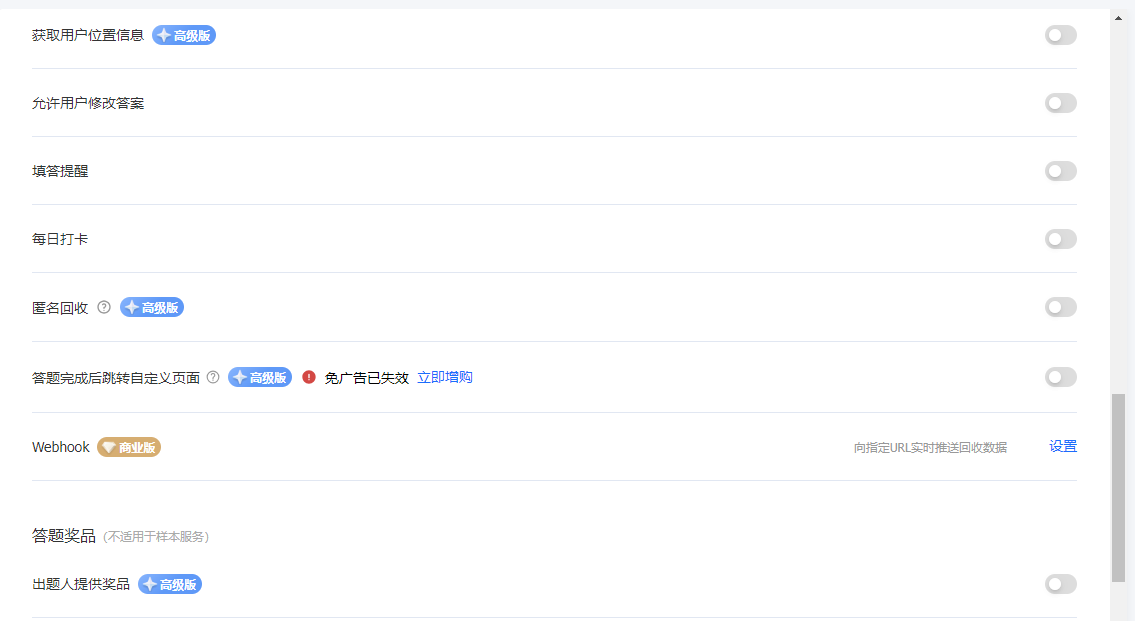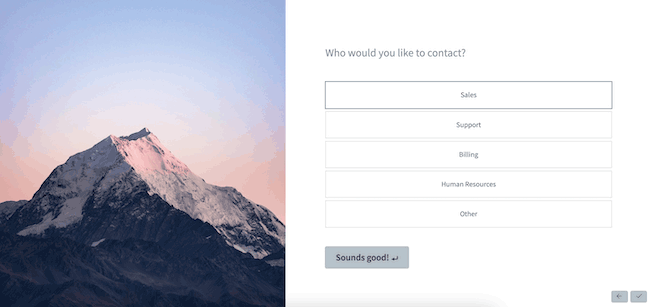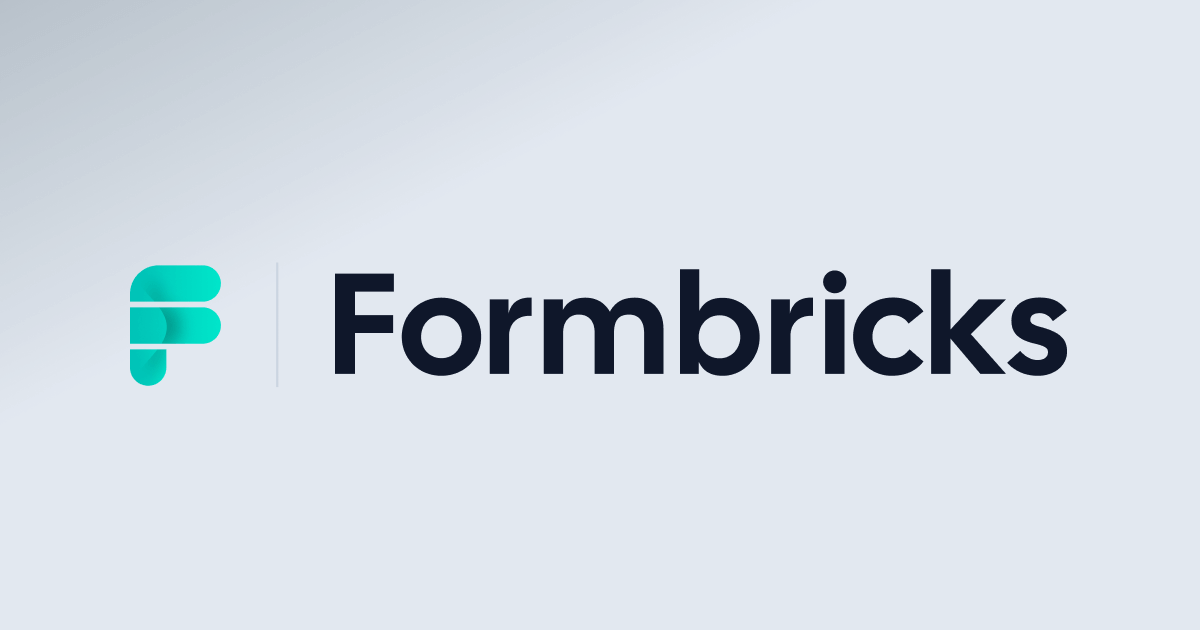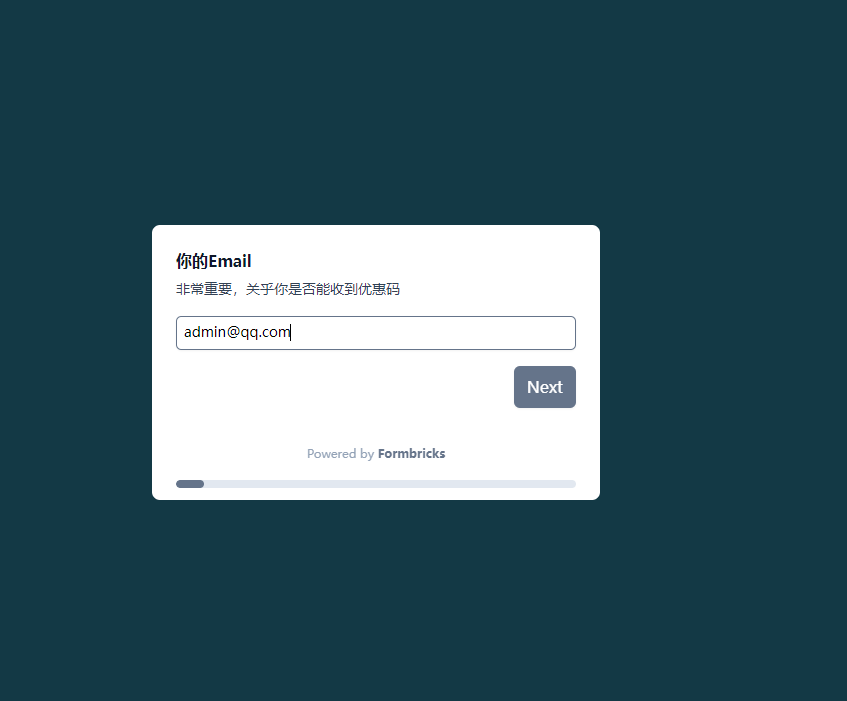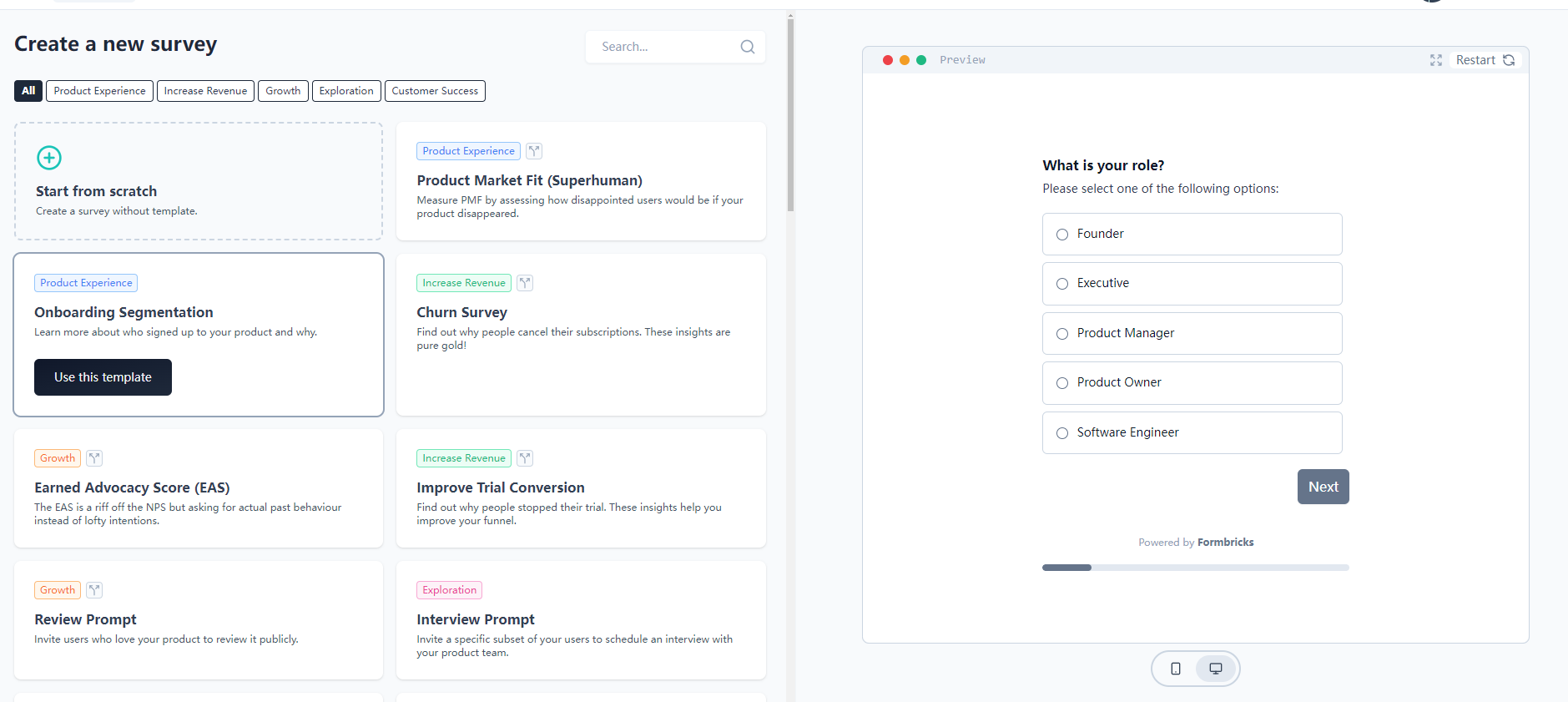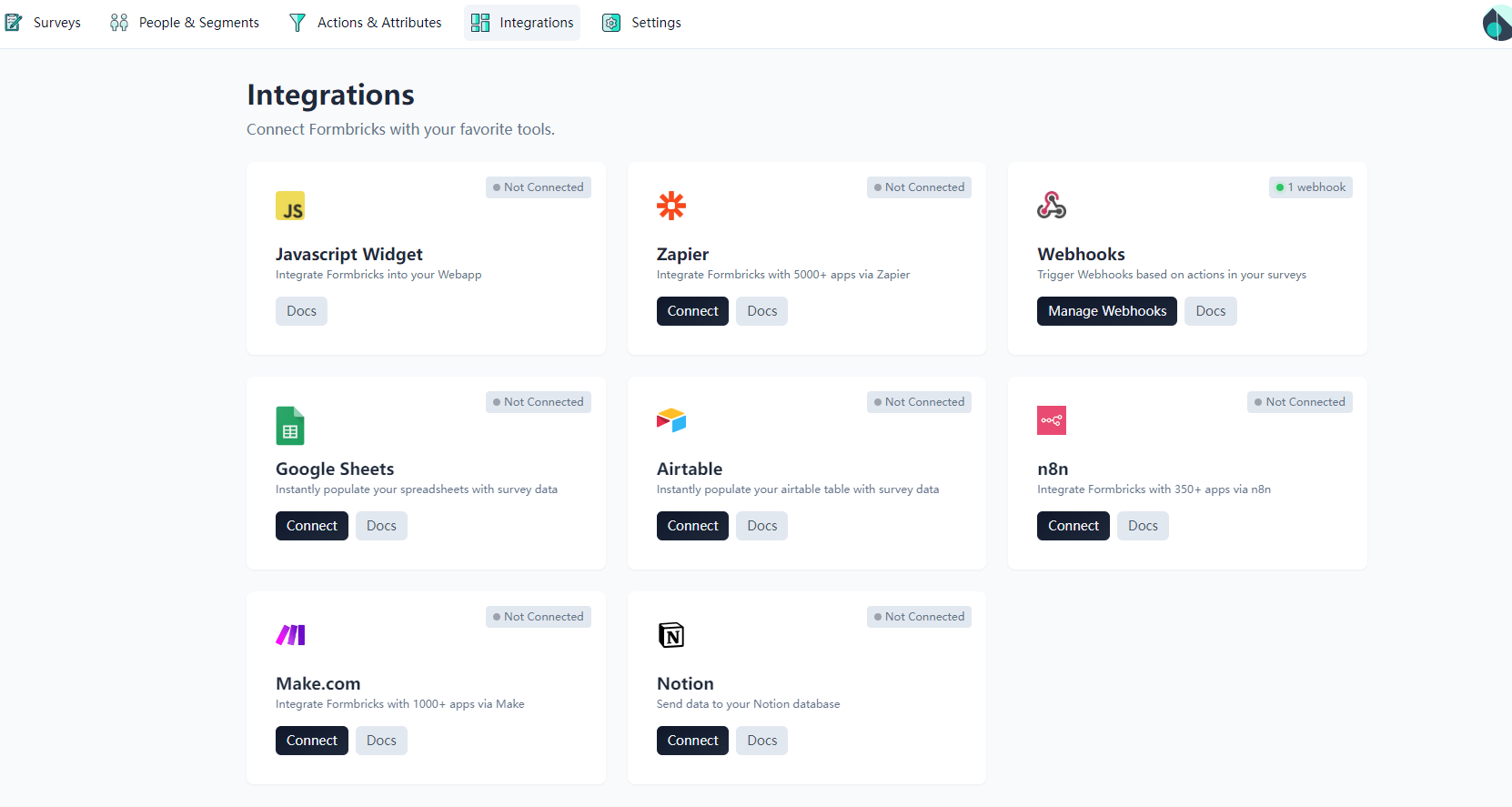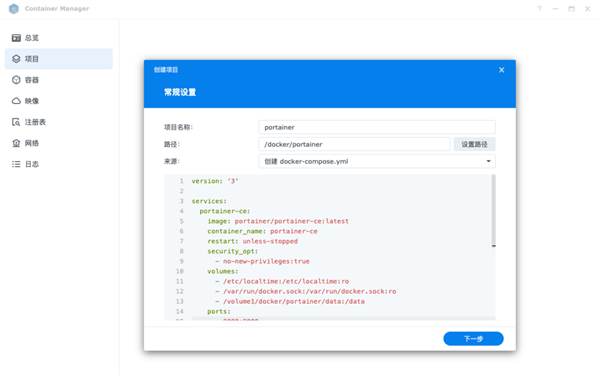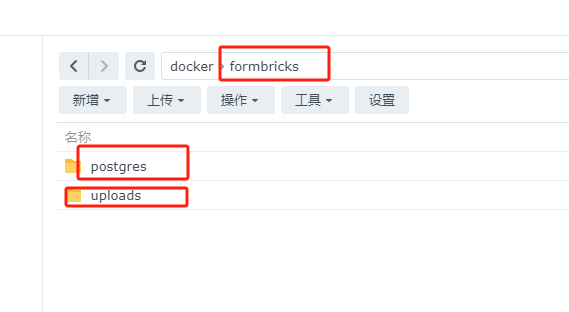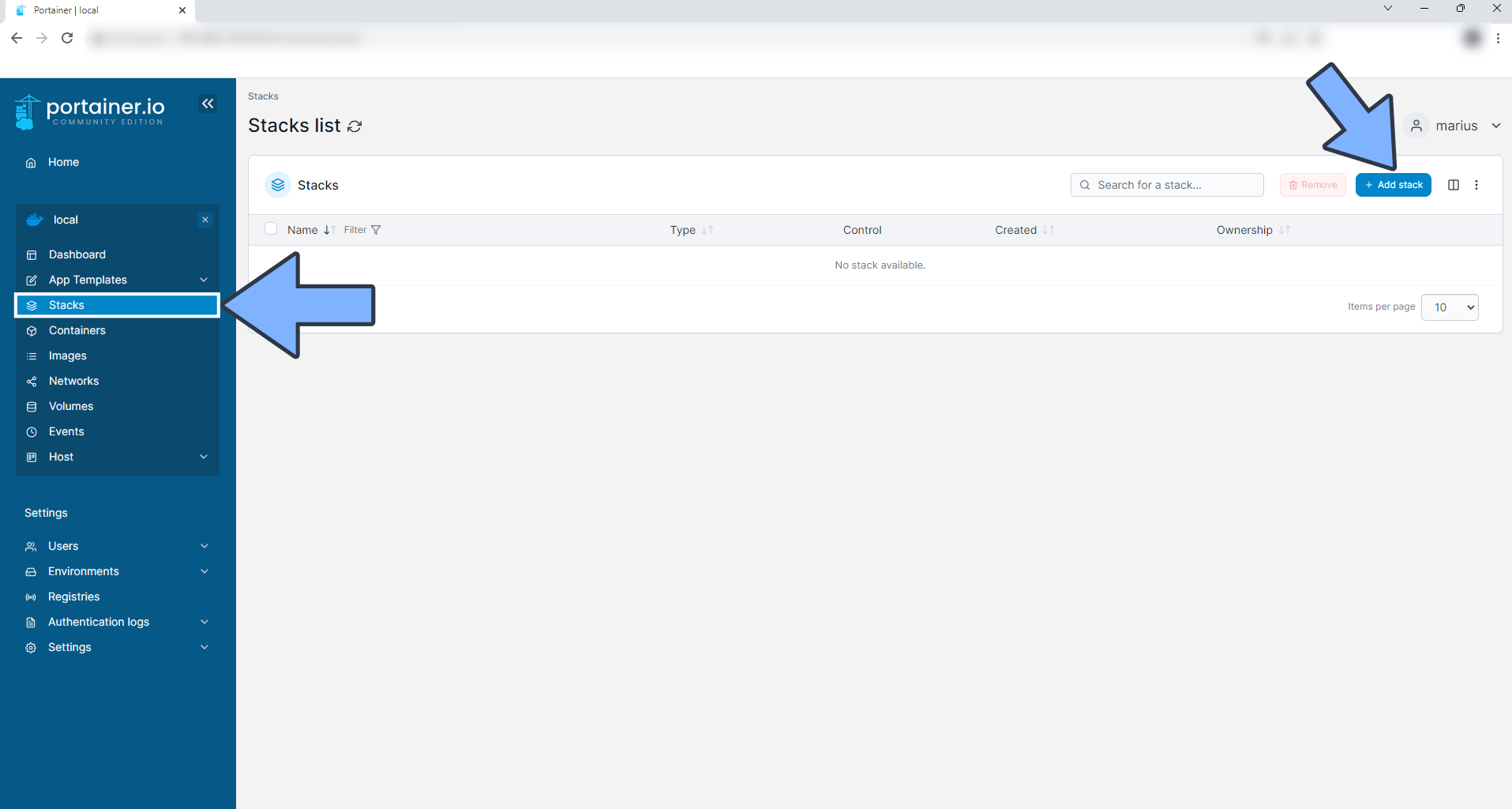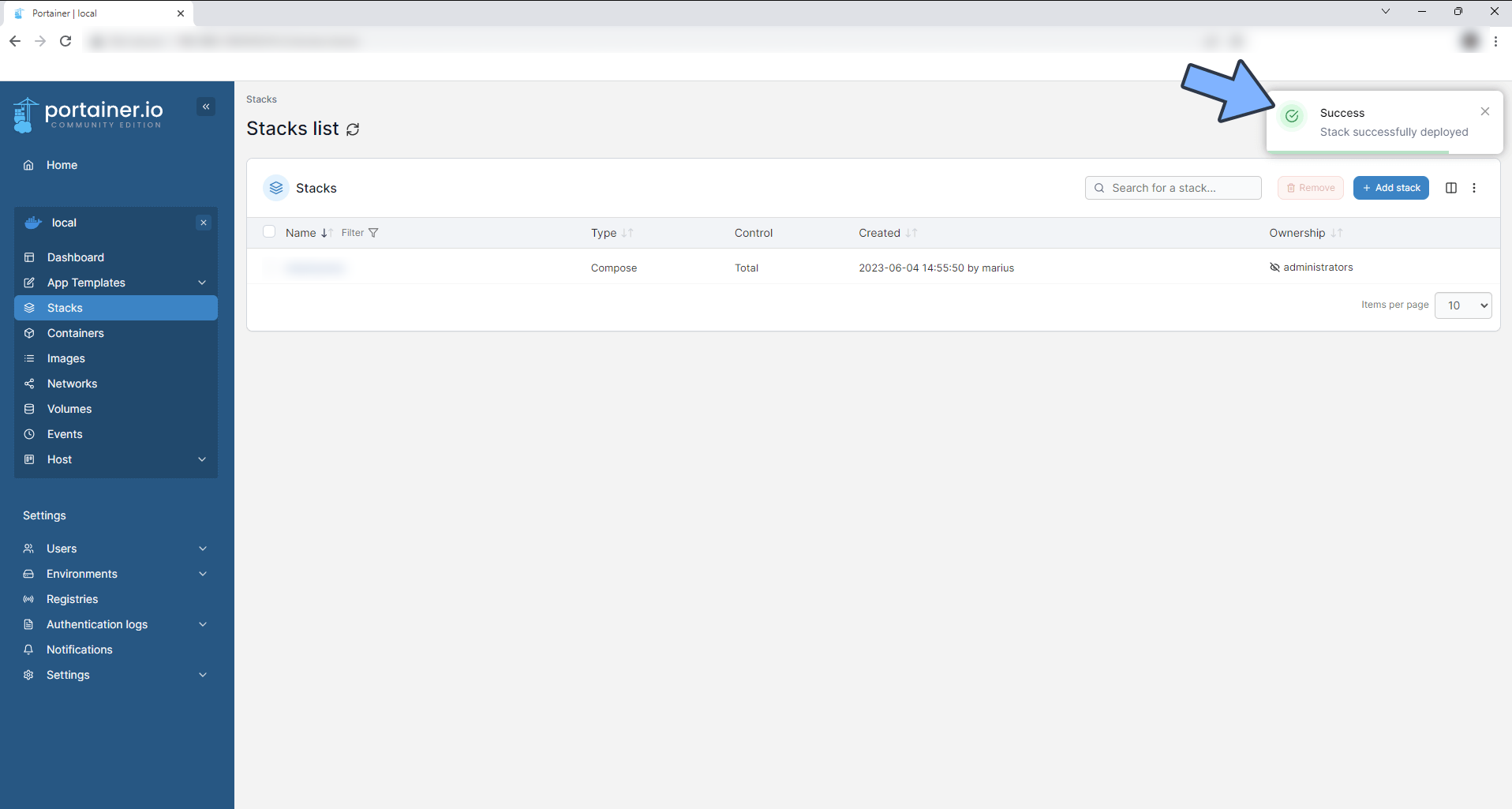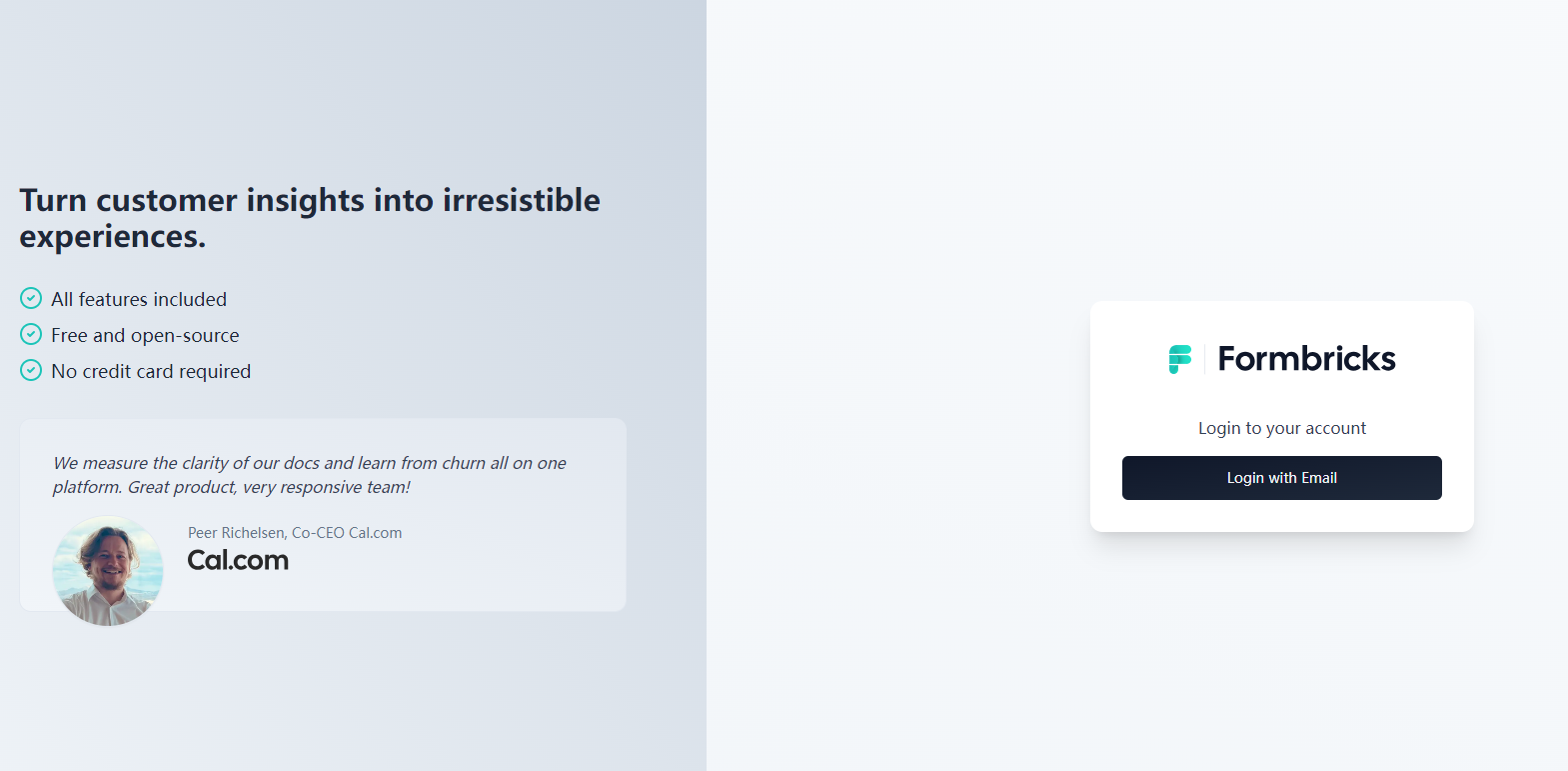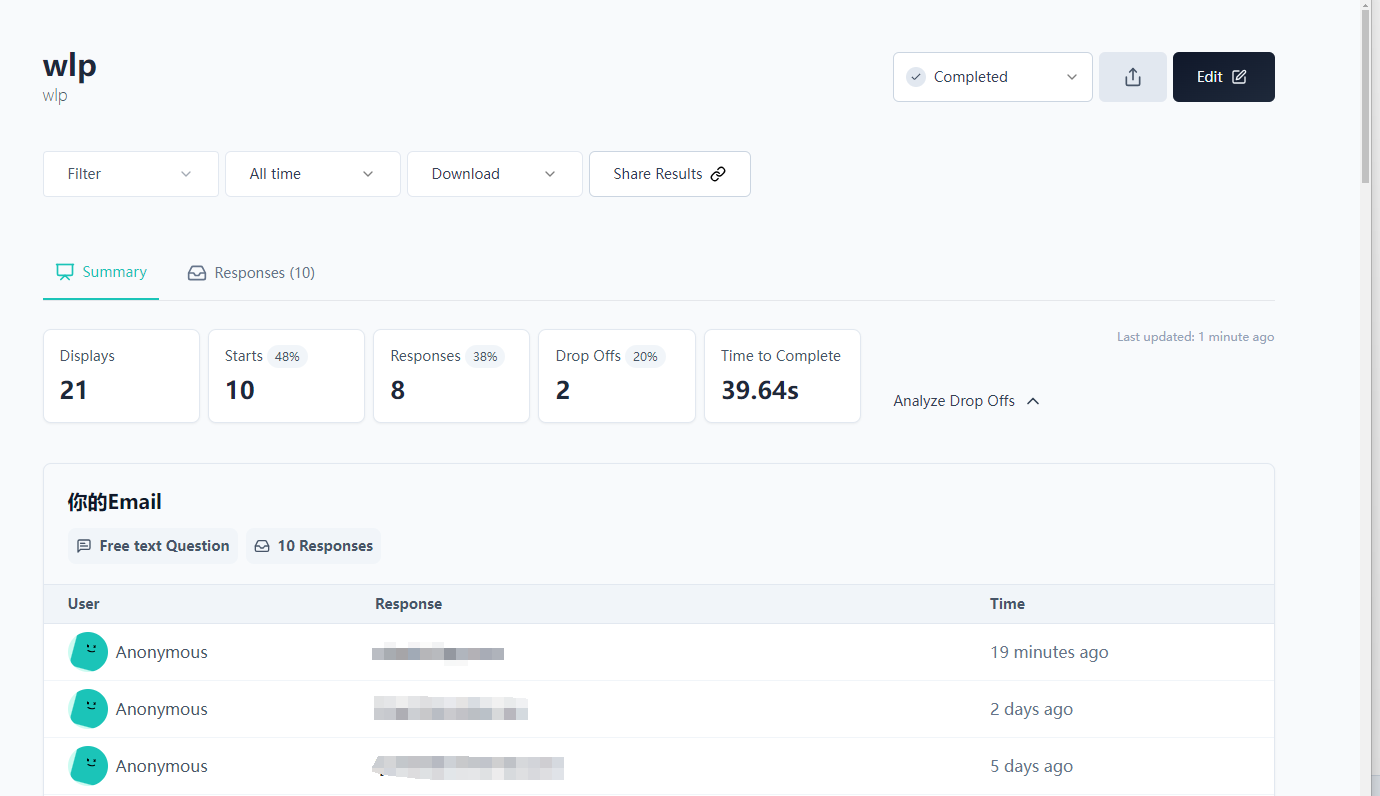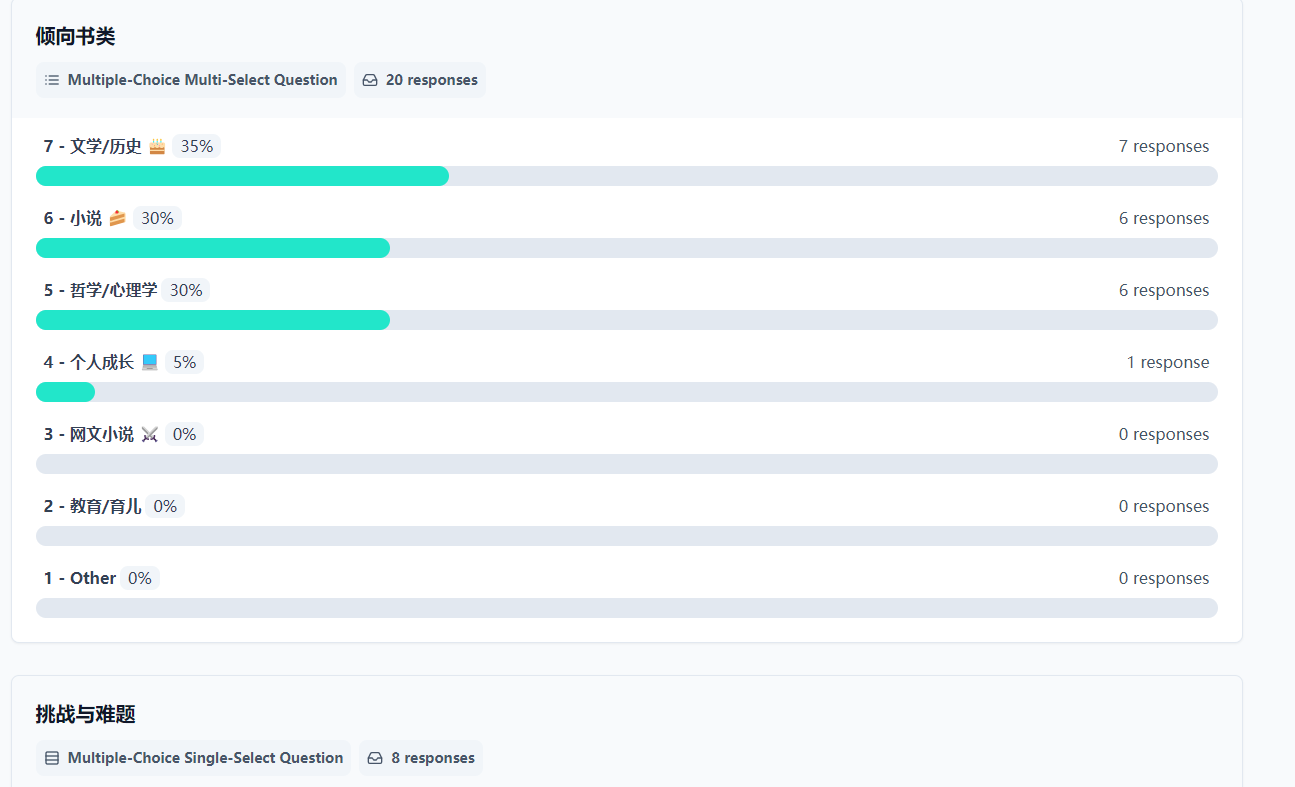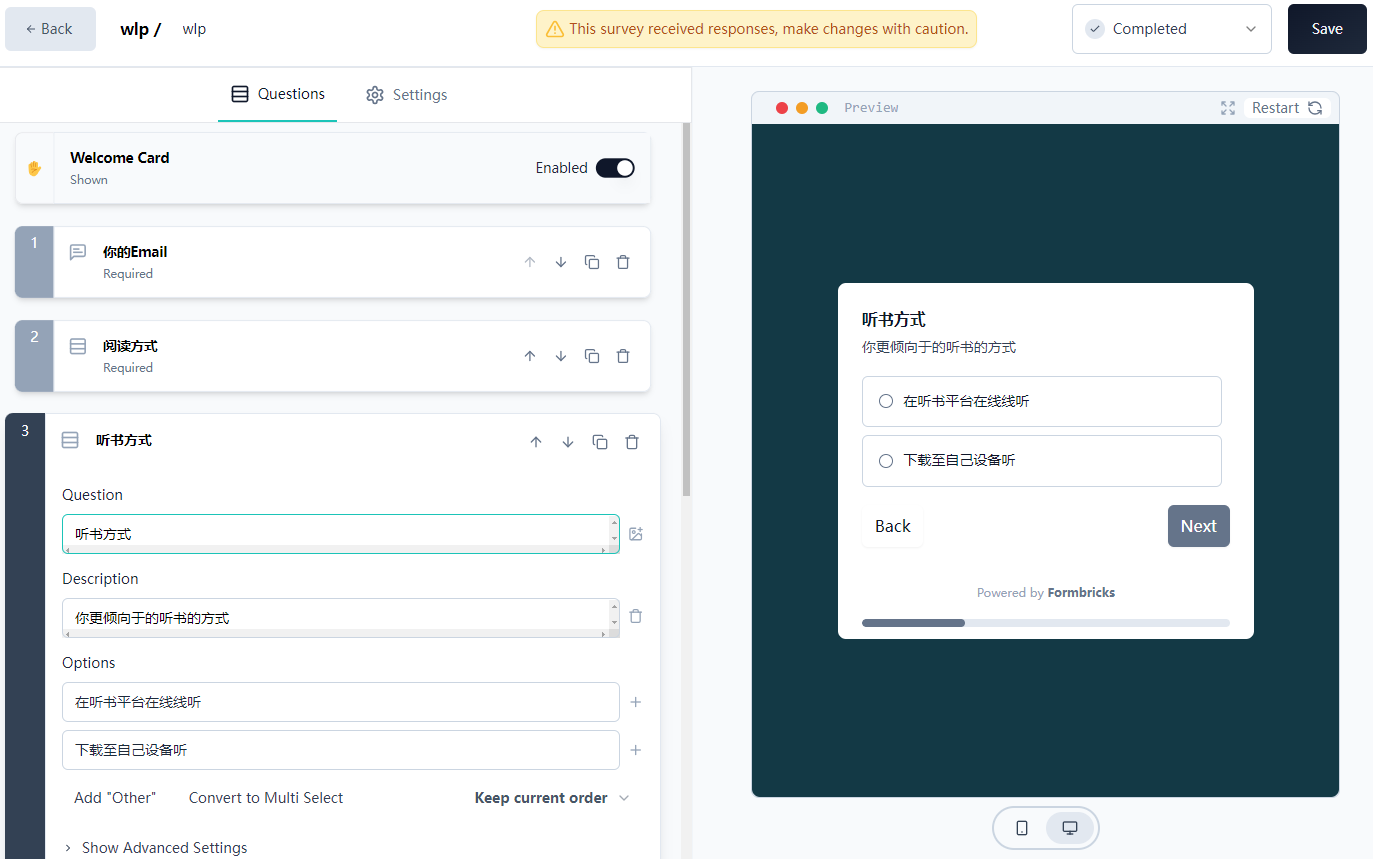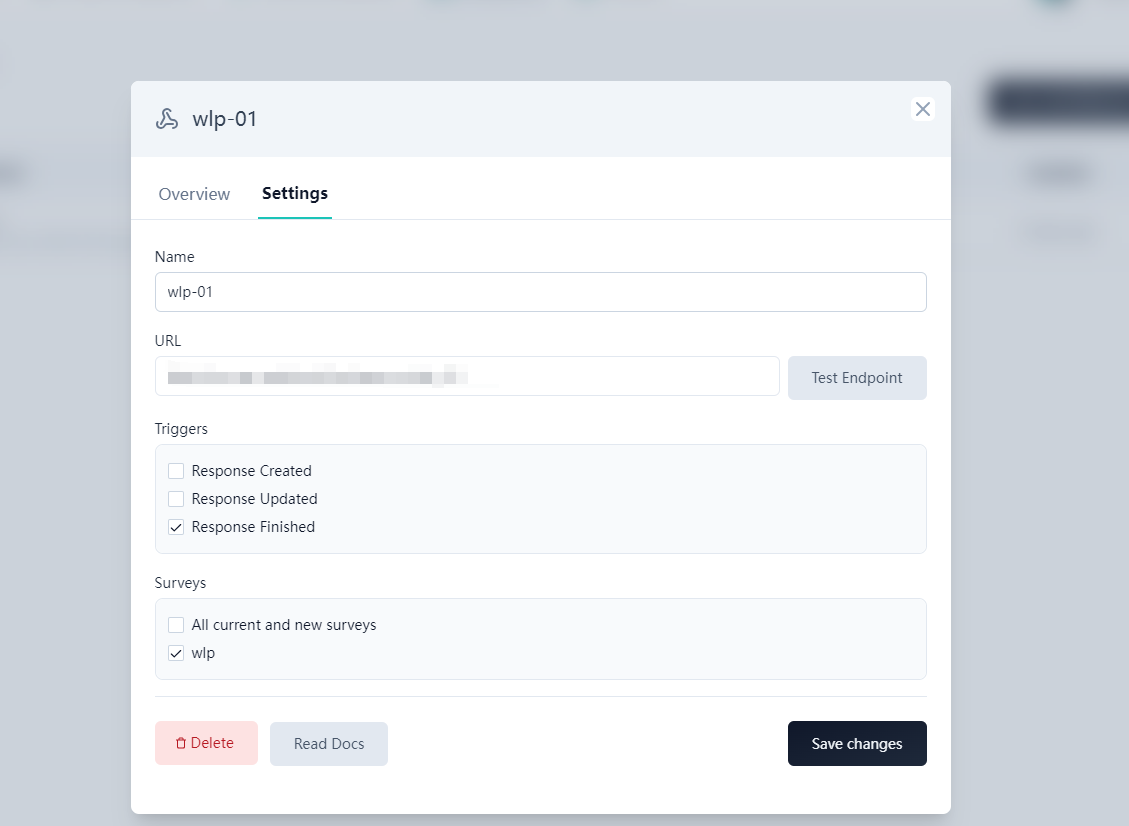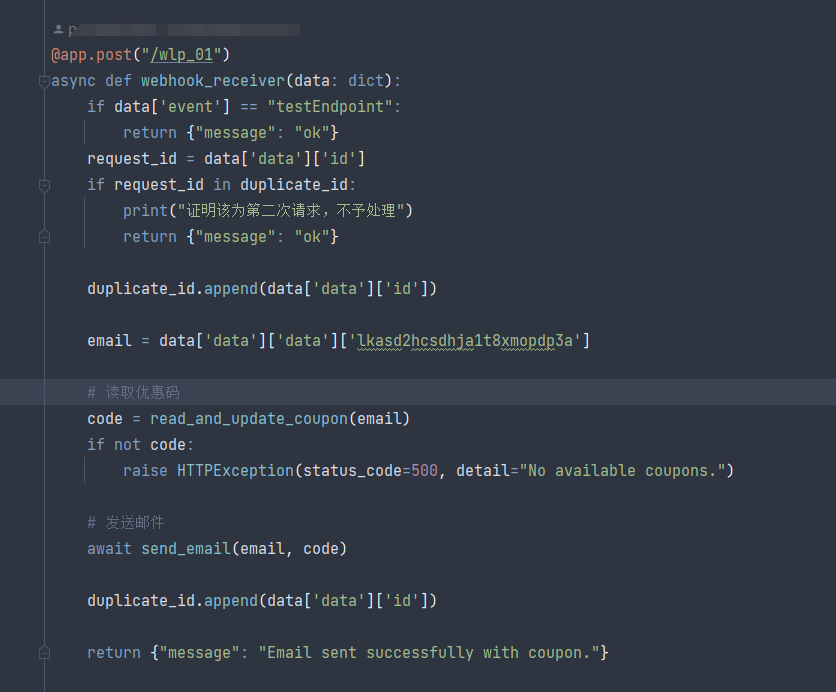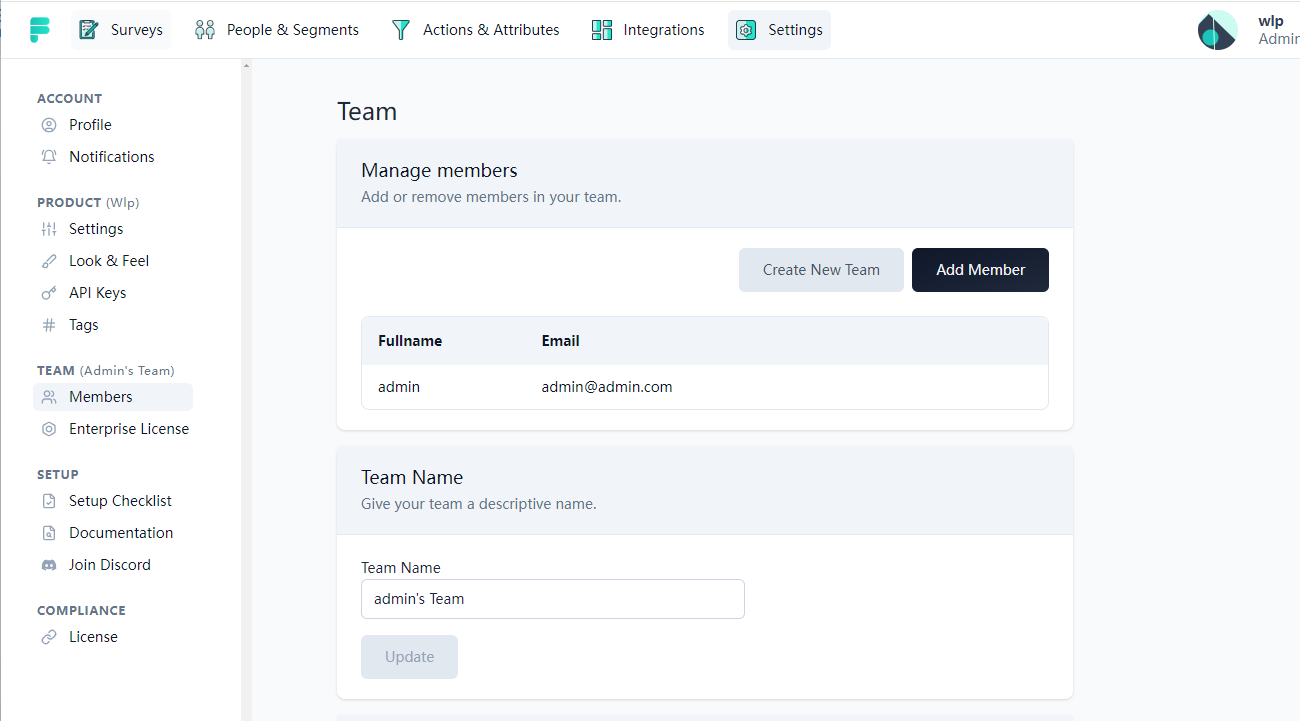Essential Tools for Entrepreneurs: Understanding Your Customers Better with Formbricks - A Typeform Alternative

Discover a free, self-hosted survey questionnaire tool to better understand your customers.
1. Introduction
This article might not be for everyone, especially not all NAS users, but it’s particularly useful for those who are in the process of starting or about to start a business.
I stumbled upon this tool and couldn’t resist sharing it because of its impressive capabilities.
Business, in a nutshell, is about transactions and value exchange. Identifying a problem or pain point, designing a product/service to address it, finding the right audience, and pricing it appropriately.
In other words, making money is about helping others in exchange for compensation.
- Employees help companies achieve greater value through their physical labor, intellect, and time, and are compensated accordingly.
- Delivery personnel use their time and effort to deliver food, assisting both the restaurant and the customer, and receive payment for their service.
- Short video bloggers provide insights or entertainment, attracting traffic, and thus, valuation.
To condense it further, entrepreneurship is simple:
A viable idea -> A feasible implementation -> A reasonable price -> Analysis and improvement
Repeat this cycle for a healthy business project, continuously understanding and catering to your customers’ needs, adjusting your direction, solutions, and pricing accordingly.
The biggest headache for entrepreneurs is understanding their customers: finding out what they truly need and guiding them to the lifestyle they desire. This is where a crucial tool comes into play: survey questionnaires.
I had a small project and struggled to capture what users really wanted, which led me to explore survey questionnaire solutions. Domestic options were available, but even basic webhook functionality was charged.
Webhooks can perform numerous tasks, such as sending a coupon to a customer’s phone or email after they complete a survey.
Filling these out felt tedious. I envisioned a survey tool like typeform: simple, intuitive, and clean.
However, typeform was too expensive.
So, I sought alternatives and finally discovered Formbricks, a self-hostable favorite among NAS users.
Formbricks is a free, open-source survey platform known for its excellent customization capabilities and privacy protection, offering a fresh alternative. Let’s delve deeper into why we should self-host Formbricks.
2. Introducing Formbricks
Purpose
Formbricks offers a comprehensive survey solution, collecting feedback at every user interaction point, whether through in-app surveys, websites, links, or emails. Its powerful data analysis capabilities help you understand user needs, optimizing products and services.
Features and Functions
- Diverse survey creation tools: Easily create various types of surveys with a no-code editor.
- Best practice templates: Access industry best practice templates for quick project starts.
- Precise targeting: Launch and target specific user groups without modifying app code.
- Shareable link surveys: Create shareable link surveys to expand coverage.
- Team collaboration: Invite team members to collaborate and improve efficiency.
- Rich integration options (unlimited): Supports integration with Slack, Notion, Zapier, n8n, webhook, and more.
- Open-source and self-hosted: Fully transparent open-source code, supporting self-hosting to ensure data privacy and security.
With these features, Formbricks is more than just a survey tool; it’s an experience management platform, making every user interaction more precise and valuable.
Having this tool allows me to easily collect genuine user needs and accurately reward survey participants.
Setup Steps:
1. Key Points
Click to follow for free, and you won’t get lost.
2. Docker Management Graphic Tool
For Synology DSM 7.2 and above, use Container Manager directly.
For QNAP, use ContainerStation.
Or install Portainer yourself.
Tutorial reference: Install the Essential NAS Tool Portainer in 30 Seconds
Next, we’ll use Portainer as an example.
3. File Station
Open the docker folder in File Station and create formbricks, postgres, and uploads folders.
postgresis for storing database files forformbricks.uploadsis for storing attachment files forformbricks.
4. Create a Stack
5. Deploy Code
| |
- Select stack.
- Enter
formbricksin the name field. - Input the above code in the editor.
- Click deploy.
Key Parameter Explanation
- WEBAPP_URL: If you’re running locally, you don’t need to fill this in. For external access, enter your domain name.
- NEXTAUTH_SECRET, ENCRYPTION_KEY: Needed for encryption. Ideally, these should be generated via command, but for simplicity, use the provided values.
- SIGNUP_DISABLED: Whether to allow registration. Initially set to allow, as you need to register. Can be disabled later.
For other parts, fill in as needed.
6. Success
7. Usage
Access the program in a browser: [IP]:[Port]
The IP is your NAS’s IP (mine is 172.16.23.106), and the port is defined in the configuration file, 32000 if you followed this guide.
Since I’ve already registered and set SIGNUP_DISABLED to 1, disallowing registration, you would normally see a registration page here.
After logging in, the interface is calm and clean. I’ve already completed a survey collection here.
You can see the survey details, including completion time, start rate, response rate, and drop rate, helping you better evaluate your survey and incentives.
8. Special Features Showcase
Creating a Survey
Webhook Settings
When a survey ends, the URL is sent to this webhook. Here, I’m sending a promised free coupon to users.
The API receiving the webhook is a simple web server written with FastAPI. Don’t think it’s difficult; with AI’s help, you can write it too.
Team Sharing
After setup, team members can use it.
Conclusion
Getting to know and using Formbricks has saved me a significant amount of money as an independent developer and entrepreneur. It also provided much more flexibility.
Every piece of user feedback and evaluation is crucial, including here. I carefully consider every comment, constantly analyzing and adjusting my direction to bring more useful content and help more people.
If you liked this article, remember to like, save, and follow “Dad’s Digital Garden” for more practical self-hosting application guides. Together, let’s take control of our data and create our digital world!
If you encounter any issues during setup or have suggestions, feel free to comment below. Let’s discuss and learn together.
如果你觉得这篇文章对你有所帮助,欢迎赞赏~
Sponsor

